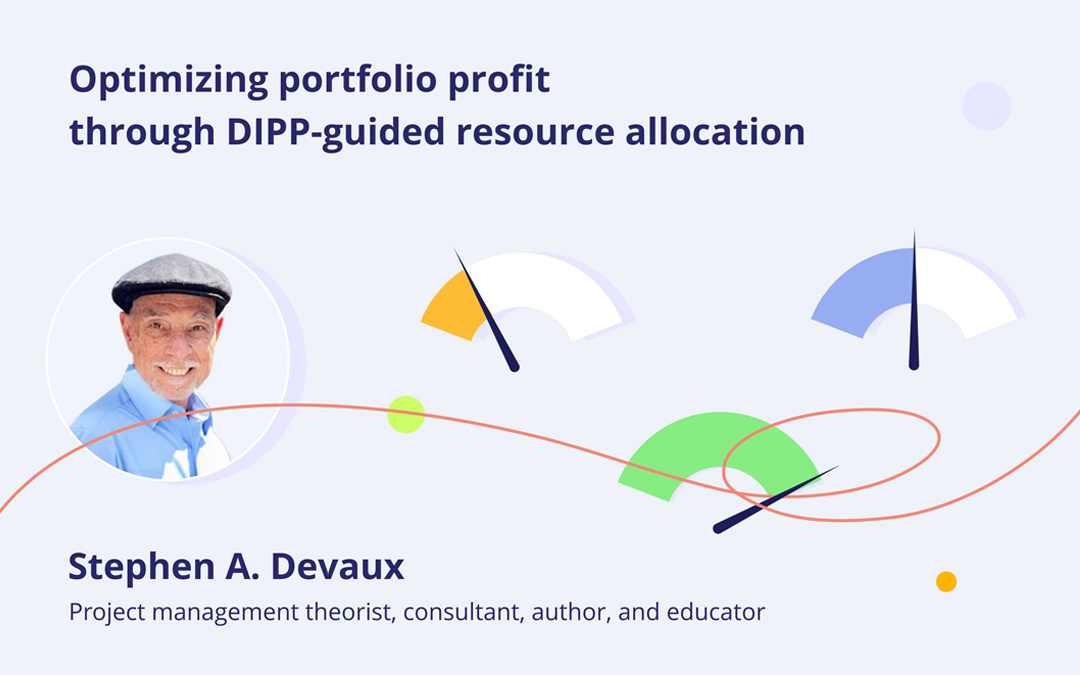Becoming a competent and sought-after project manager is impossible without constant professional development. At the same time, the amount of information in any domain is unprecedentedly huge – courses, books, education websites, blogs, etc. It takes time to familiarize yourself with all these materials, and what is more, their quality isn’t always worthy.
So, we’d like to give you guidance in this flow of resources – we’ve selected 11 project management books that any successful project manager should discover. We’ve focused on those that are easy to read, share actionable insights, and help improve different sides of the project management process. Enjoy the reading!
Making Things Happen: Mastering Project Management by Scott Berkun
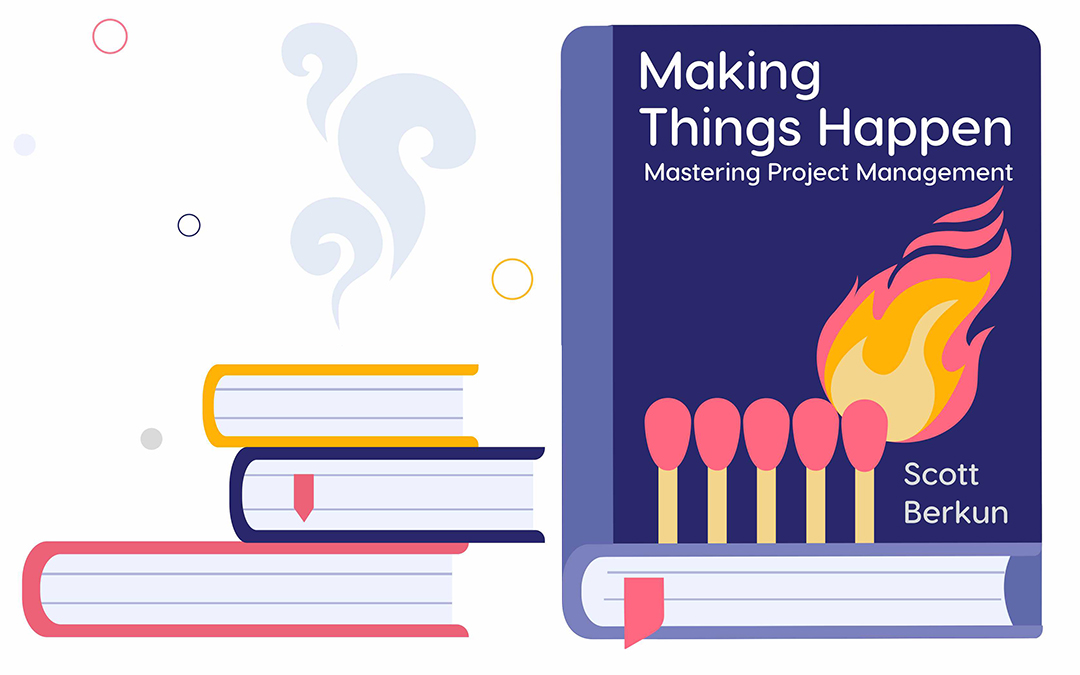
Making Things Happen is a practical handbook for project managers written in an easy-to-read and witty manner. It consists of the author’s essays that cover the philosophy and strategies for managing projects. In addition to the “technical side” of project management, the author shares his ideas regarding effective stakeholder management, trust-based leadership, and effective decision-making as well as gives a variety of tools and techniques that can add value to your daily project management activities.
The essays are based on Scott Berkun’s work experience as a project manager at Microsoft, which however doesn’t mean that his guidelines will be useful for software development projects only. The book will also tell you how not to annoy your people during meetings, how to generate and manage creative ideas, and how office politics can be a kind of problem-solving.
The edition will be helpful for both beginners and seasoned project managers.
The Lazy Project Manager: How to Be Twice as Productive and Still Leave the Office Early by Peter Taylor

The Lazy Project Manager is based on the idea that lazy people always try to find easier ways to do what they have to. So, it’s not about laziness as doing nothing but about the so-called “productive laziness” that allows people to be productive and at the same time maintain a healthy work-life balance.
The author suggests a different approach to work and managing projects – the main idea is to focus on really important things which will allow project managers to get more work done with less effort. The “productive laziness” is built on the Pareto principle that states that in many cases, 80% of the consequences come from 20% of the causes. So, focusing on 20% of the most important work will result in 80% outcomes.
What else will you find in this book?
- The intelligence of laziness – why smart, lazy people have the edge over others;
- How to get the maximum output for a minimized input;
- Quick tips to productive lazy heaven, and more.
The author, Peter Taylor, is an experienced business and project management consultant and coach, author of books on project management and productivity, and an international keynote speaker.
Project Management Case Studies by Harold Kerzner

Studying your colleagues’ practical cases is an integral part of learning and professional development. With this book you’ll have a chance to explore 100+ project management case studies shared by large companies from all over the globe, including recently added Disney, the Olympics, Airbus a380, and Boeing 787 Dreamliner. Here are the other important facts about this edition:
- it tells about both successful and unsuccessful cases;
- the companies described belong to a variety of industries: medical and pharmaceutical, aerospace, entertainment, sports, manufacturing, finance, telecommunications, and more;
- the latest edition includes case studies describing agile and scrum methodologies.
Therefore, the readers of Project Management Case Studies will have a unique opportunity to learn from reputed companies’ project management experience, which will make it useful for beginners, experienced project managers, and even students.
Project Management in the Hybrid Workplace by Phil Simon

Are you looking for ideas on how to improve the work of your hybrid teams? Probably, you are – hybrid work has become a new normal, which makes communication and collaboration between project participants even more difficult.
In his book Project Management in the Hybrid Workplace, Phil Simon has attempted to reimagine project management practices through the prism of remote work challenges. His ideas regarding remote work difficulties and how to handle them are based on his research of Agile software development, human resources, supply chain management, cognitive psychology, organizational behavior, and labor economics.
The book covers detailed case studies, useful insights as well as practical advice, which will be interesting for both beginners and seasoned project managers, especially those who start work with hybrid teams.
Epiphanized: A Novel on Unifying Theory of Constraints, Lean, and Six Sigma by Bob Sproull and Bruce Nelson
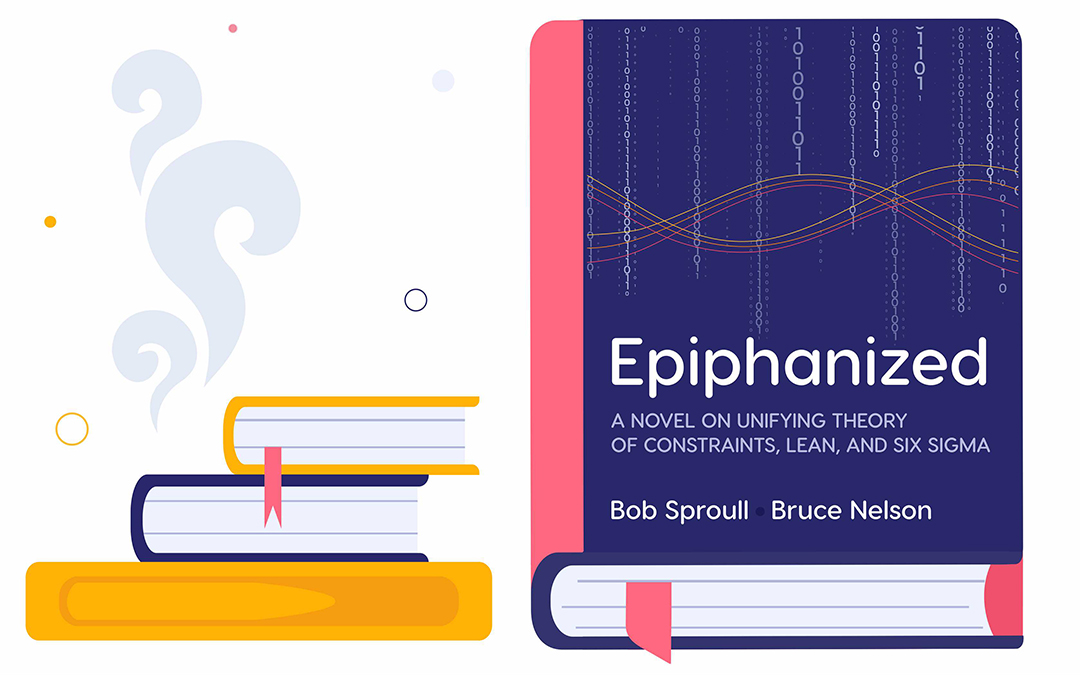
This book explains in the business novel format how applying the Theory of Constraints in project management can increase the overall productivity of a company. The authors Bob Sproull and Bruce Nelson suggest combining TOC with Lean and Six Sigma methodologies for achieving better project management and business results and provide substantiation for that. The book gives readers a variety of concepts, tools, and techniques as well as explains how to implement them in an organization to increase the efficiency of its project management and business processes.
Epiphanized is probably not for newbies, but it will give food for thought to experienced project managers who are looking for ways to improve productivity and profitability of their projects and organization in general.
Rescue the Problem Project: A Complete Guide to Identifying, Preventing, and Recovering from Project Failure by Todd Williams
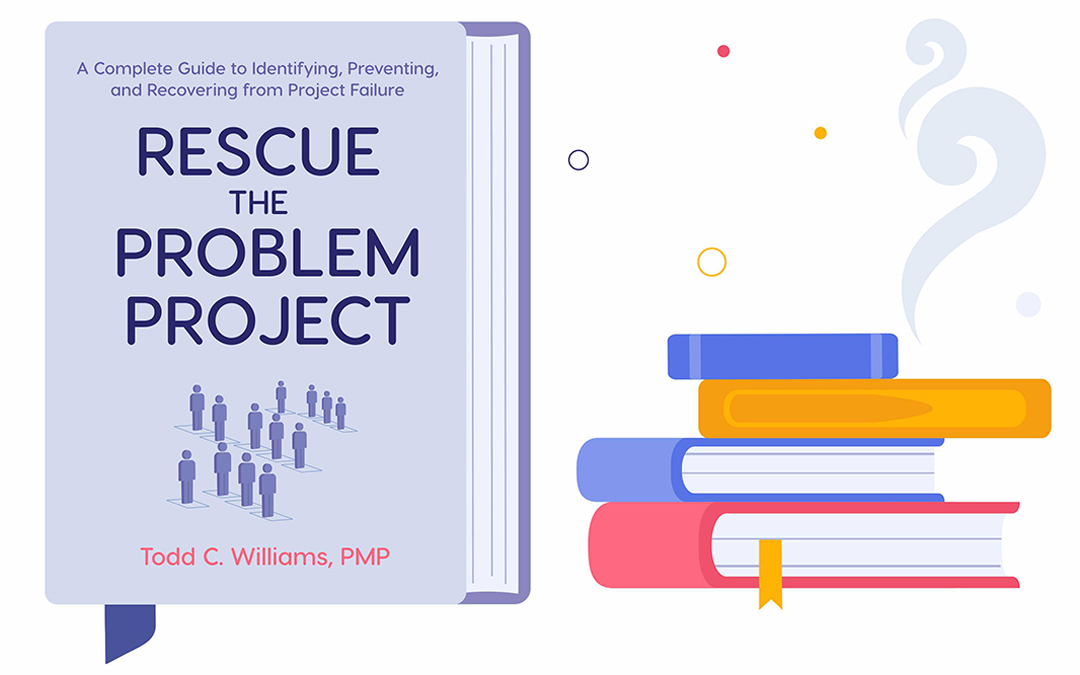
Sometimes, it seems that you know a thing or two about managing projects, but despite your efforts, something goes wrong. Rescue the Problem Project written by an experienced “project saver” Todd Williams will help you assess the situation and give guidance on how to get the project back on track. In particular, the author describes the whole process of reviving a project, which includes the following steps: realization of a problem, audit of the current situation, analysis of the data obtained, negotiation of possible solutions, and execution of the recovery plan. Therefore, the book will provide you with:
- Techniques that help identify the root causes of problems;
- Steps to get the project back on track;
- A great number of real-world examples of what really helps recover projects and what doesn’t;
- Guidelines to avoid problems in future projects.
Thanks to the case studies and practical tips, the edition will be useful for both beginners and experienced project managers.
Managing Multiple Projects: How Project Managers Can Balance Priorities, Manage Expectations and Increase Productivity by Elizabeth Harrin

More and more project managers have to run several or even more projects at the same time, which makes their work several times more challenging. They’re under pressure to meet deadlines that sometimes overlap, juggle all these projects’ shared resources, set priorities, and ensure team members’ productivity.
Managing Multiple Projects aims to help project managers take all these things under control and at the same time maintain a healthy work-life balance. In addition, the book provides you with:
- Practical advice (e.g., how to reduce the number of meetings);
- Real-life case studies;
- Exercises aimed at improving processes;
- Downloadable reports, checklists, and other materials that can come useful when managing multiple projects.
The ideas presented in the book are based on the author’s 20+ experience in managing projects.
The Resource Management and Capacity Planning Handbook: A Guide to Maximizing the Value of Your Limited People Resources by Jerry Manas
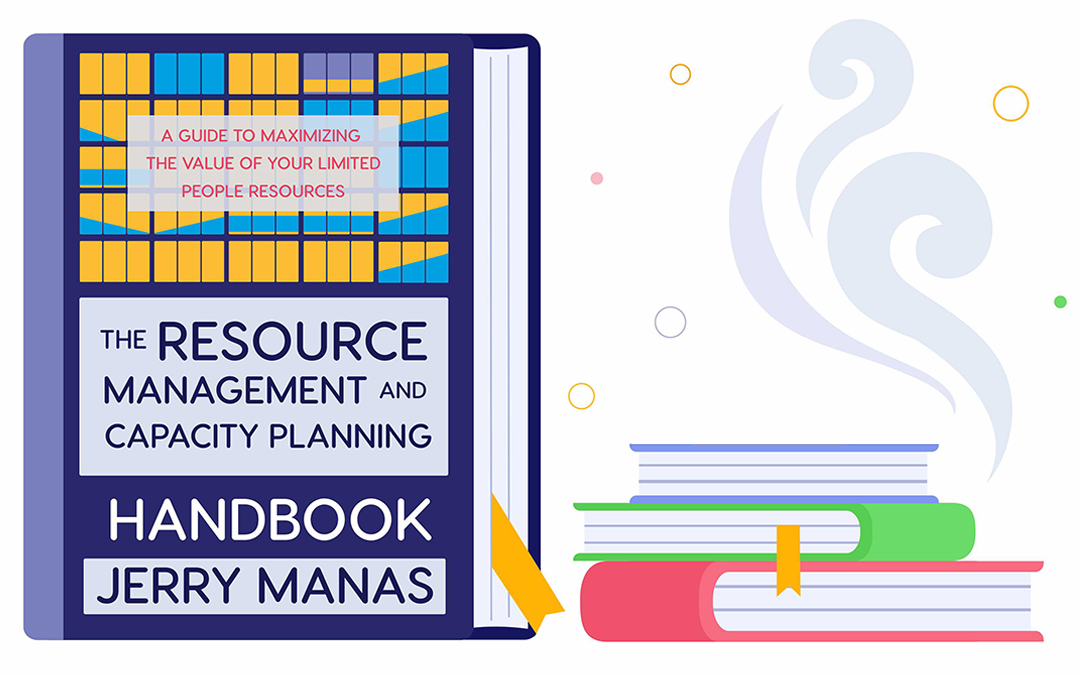
One of the biggest challenges of running multiple projects is the right management of their shared resources – addressing resource conflicts, ensuring their optimum utilization, assigning the right team members to the right tasks, etc.
Resource Management and Capacity Planning Handbook will provide you with the right tools to address these and other critical resource management challenges: e.g., the Capacity Quadrant, prioritization, resource optimization, and more. In addition, this guide covers other companies’ resource management case studies, tools that simplify decision-making, recommendations on capacity planning, and other useful insights that will maximize the efficiency of a company’s shared resources and contribute to achieving next-level business results.
People-First Culture: Build a Lasting Company By Shifting Your Focus From Profits to People by Michel Falcon
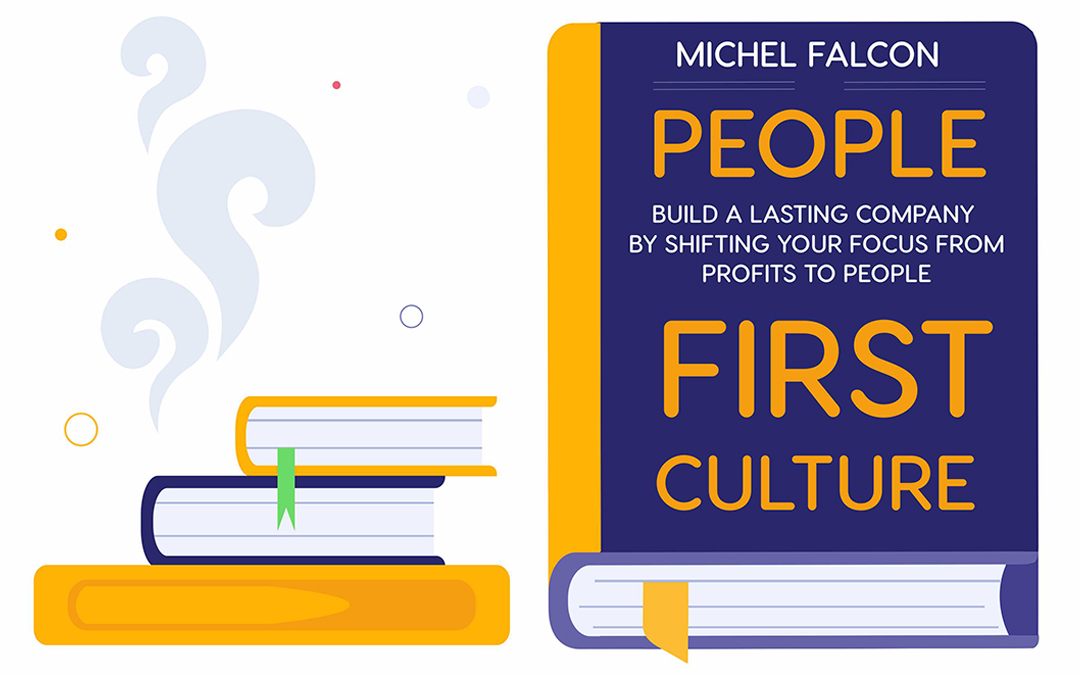
The author of the book attempts to shift leadership’s focus from achieving results and gaining profit to people, customers and employees, by creating the so-called “people-first culture”. The main idea of this philosophy is about creating such an organization that both people and customers admire, and profit will be a “side-effect” of such an approach. People-First Culture consists of three chapters:
- The first one describes the foundational mindset for people-first culture;
- The second chapter explains how to implement this culture;
- The third one describes what result a company can achieve upon implementing the people-first culture.
When it comes to managing projects and their human resources, such a philosophy can bring good results, too. Any project manager would like their team members to be productive, engaged, and motivated, and the people-first philosophy can help in achieving this goal.
Getting Things Done: The Art of Stress-Free Productivity by David Allen

First published about 20 years ago, this book has become a sort of bible for those who want to be more productive at work and in their daily lives. Getting Things Done is both the title of the book and a productivity methodology developed by the author (GTD). It’s based on the assumption that there are myriads of thoughts tumbling about in our heads – from work-related issues to everyday household activities. The solution is to free your mind from this multitude of various thoughts so that it can focus on the goal you’re trying to achieve; and the book teaches how to do this.
Being efficient and disciplined is a must for project managers – you can’t expect your team members to be productive if you can’t get through your own work. The GTD method presented in the book can help project managers prioritize their work, plan their activities, manage their time effectively, and increase productivity without stress and overwork.
The Accidental Leader: What to Do When You’re Suddenly in Charge by Harvey Robbins

A project manager’s role involves dealing with people – guiding the team members towards successful project delivery. And a project manager’s leadership skills play a significant role in the effectiveness of this process.
The Accidental Leader will be helpful not only for those who have unexpectedly become in charge of a project, a team, or even a business unit. This is also a guide on how to:
- become disciplined,
- know your strengths and weaknesses and overcome the latter,
- lead and motivate people,
- set the right tone for your leadership, and more.
Written by a psychologist, business consultant, and trainer, The Accidental Leader will provide you with answers to any arising leadership questions, and become the source of inspiration as well as a handbook on achieving leadership success.
This was our view of must-read books that will help project managers succeed in their careers. We’d also like to remind you that increasing team members’ productivity, getting more done with less effort, and achieving excellent project results becomes possible thanks to the right software solution. Epicflow is a multi-project resource management tool that ensures maximum efficient work on multiple projects as well as lets every team member work without stress while achieving maximum productivity. Book a call with our experts to explore its functionality and features in more detail.



